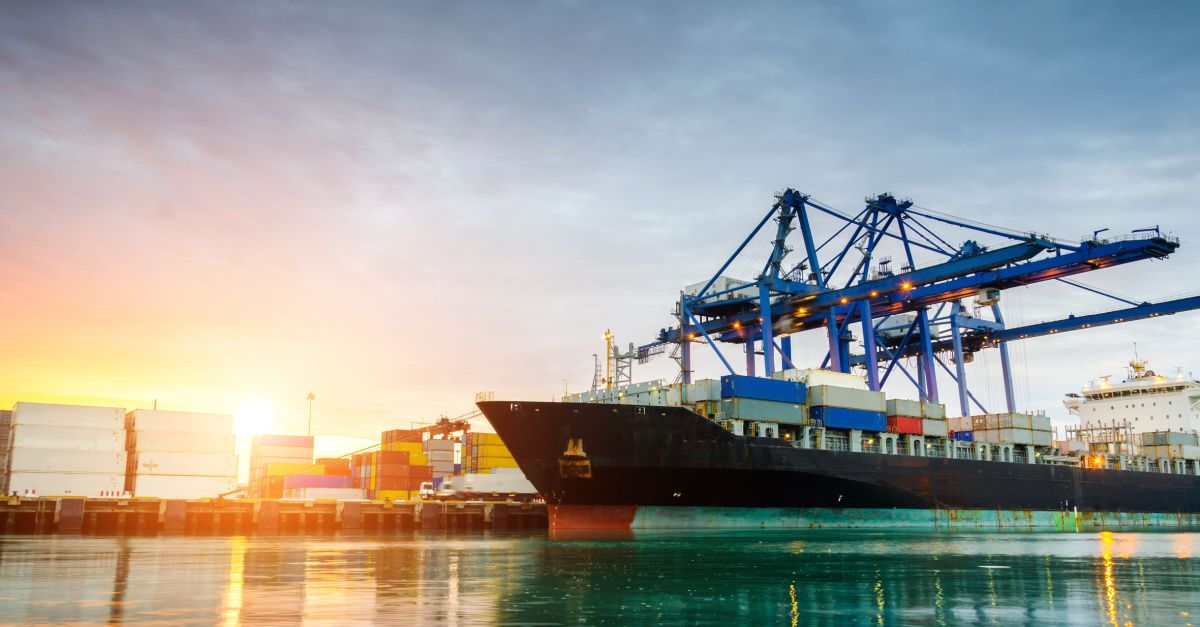
Supply Chain Emissions in Tender Season: Three Strategies for Sustainable Logistics
Springtime is approaching in North America, and with that comes the tender season and the opportunity to target and control supply chain emissions even more.
The tender season is an annual event where shippers work with carriers and freight forwarders to determine how to set rates and terms for transportation services for the upcoming year.
While the tender season is often associated with rate discussions, procurement negotiations also provide a great opportunity for shippers and others to discuss supply chain emissions and how the parties can work together to encourage sustainability in the supply chain.
Tender Season: Defining Decisions for Supply Chain Emissions
Decisions made during tender season impact supply chain dynamics because it’s a time when companies can take a hard look at how they source materials, what lanes they use, and what cost savings and efficiency can come about by using higher-volume lanes. The parties can also employ technological tools to see how various logistics scenarios compare against each other.
Shippers begin the tender process by asking carriers and freight forwarders for proposals or “tenders” guided by a company’s shipping requirements. While the process has historically focused on costs and network efficiencies, all parties are now realizing how the tender process also provides ample opportunities to address supply chain emissions and other sustainability initiatives.
Growing Importance of Supply Chain Emissions in Tender Season
Reducing supply chain emissions has become one of the chief ways that shippers, carriers, and freight forwarders can meet global reduction targets for Scope 3 emissions. Scope 3 emissions are greenhouse gas emissions from assets not controlled by the reporting organization but from organizations and groups that a company interacts with on both the upstream and downstream, according to the U.S. Environmental Protection Agency (EPA).
By tackling supply chain emissions, shippers are also pursuing means to meet regulatory requirements or guidelines. EPA has or is considering mandates that would set emissions limits for mobile and stationary sources, while international groups have established standards to help countries align with the 2016 Paris Agreement to limit global warming.
However, several issues limit shippers from making sustainable decisions during tender season. A lack of reliable, real-time emissions data and predictive analytics specifically geared toward sustainability can hinder shippers’ ability to make sustainable decisions during tender season.
This is where Searoutes comes in: we help shippers integrate eco-friendly practices into tender season decisions by giving them tools to help them succeed in reducing supply chain emissions.
Three Strategies for Sustainable Logistics in Tender Season
Our tools help businesses reduce supply chain emissions by equipping shippers with maritime data loaded with intelligence on route optimization, emissions, and predictive analytics.
Data-Driven Route Optimization
Searoutes offers shippers opportunities to approach sustainability and supply chain emissions reductions through its Co2 API tool, which allows customers to conduct optimal route searches that incorporate carbon emissions data. We also offer case studies that enable you to see how to achieve emission reductions through strategic route optimization.
Another Searoutes tool that shippers can use is our Vessel API, which allows shippers to peek into the history of a given vessel, including average speed and route characteristics, as well as current data about a vessel’s positioning.
Real-Time Monitoring and Adaptation
Searoutes’ Routing API can help shippers reach supply chain emissions reduction targets. Our Routing API tool utilizes Searoutes’ real-time data analytics to continuously monitor vessel emissions while also providing intelligence on fuel consumption, deviation costs, and arrival times. We also make proactive route adjustments based on live data to minimize environmental impact and reduce supply chain emissions.
Predictive Analytics for Sustainable Decision-Making
Searoutes strives to offer shippers with intelligence to make smart decisions, especially when at the negotiating table. This intelligence includes using predictive analytics that can account for evolving sustainability standards and future trends in environmental regulations.
These same tools can also make shippers more nimble amid geopolitical uncertainties, such as supply chain disruptions arising from attacks on vessels seeking passage through the Red Sea.
Use Tender Season to Advance Sustainability Goals
Shippers actively seeking to reduce supply chain emissions need smart tools that can help them achieve their sustainability targets cost-effectively. Searoutes has the expertise, intelligence, and tools to help shippers reach their goals. Please contact us to learn how we can help you get started with what Searoutes offers.